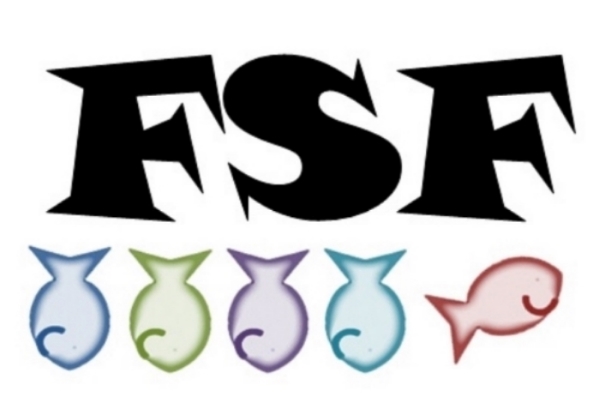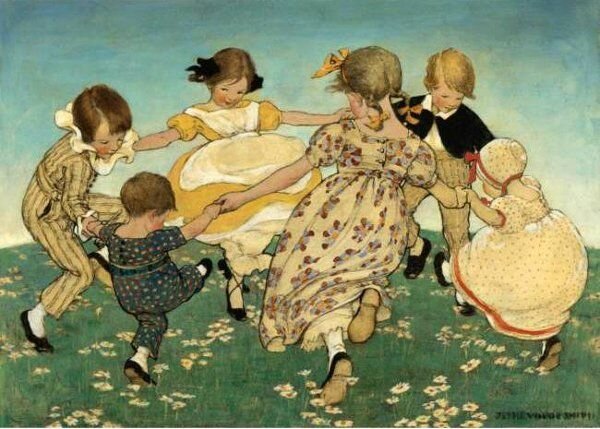I know this isn’t a movie, but I wanted to take a break from the long, melodramatic biopics and watch something quick and fun. Why the first episode of the TV series “Castle”? Why not? Nathan Fillion is my favorite space cowboy and sometimes I just have to watch him…in a respectable manner of course.
First of all, I know that the crime TV genre is very over done, yet continues to be popular. This blog isn’t about the overarching trope of prime time detectives with a gimmick beloved by everyone’s mom. This blog is about how writers are depicted and viewed by me (because it’s my blog, after all) and it just so happens that the gimmick of “Castle” a struggling crime writer who gets to do police ride-along to cure his writer’s block. I should also point out that I own every season on DVD.
Looking beyond the moral and legal implications of a writer without proper training getting to be on the front lines of homicide cases, Castle is also a comedy. The two leads and all side characters are fantastic, witty, and acted with honesty and charm. Again, I own the DVDs so naturally I liked it for more than Nathan Fillion, but he was the reason why I started watching.
The episode opens with Richard Castle (Fillion) enjoying the spoils of the final book in his popular “Derek Storm” series, having killed off his stale yet popular character. At the same time, Detective Kate Beckett (Stana Katic - great name, right?) and her department investigate a series of crime scenes that have been copied from the pages of Castle’s books. To help profile the killer, Beckett contact’s Castle at the perfect moment that he is nine weeks behind on his new book.
While on the case, Beckett is disappointed that Rick Castle is narcissist party boy and Castle is disappointed when the case seems to easy to solve. What? Even real life needs a twist - as his bestselling author poker buddies tell him. Also, damn it, James Patterson! 12 years at Barnes and Noble and I can never escape you! Not to be a spoiler, but, surprise! Castle is write. They almost arrest the wrong guy. I won’t give more detail than that so I don’t get a bunch of angry people who still haven’t watched this episode that aired in 2009.
As a writer, Castle actually covers a lot of emotions and habits that are quite realistic. Not the wealth. Him being filthy rich and living in a fancy New York apartment supporting a famous actress mother and an Ivy League eligible daughter is the most unrealistic thing after him being made a police consultant.
Writer’s block is a true epidemic and they don’t cover it in any conventional emotional training. Losing motivation and wanting to tell a story is draining. Anything that makes you want to write again is like being given a free, giant ice cream sundae on a hot day. I don’t blame the character for wanting to chase the high of turning Beckett into a character.
The amount of knowledge Castle has to be working in homicide is based around the research he had to for each book This is seriously realistic. Nothing sucks a writer in faster and take them off on a tangent like research. Writers can become near experts on a topic in search of realism in a book. After that, the hard part is deciding how much of this juicy new knowledge is usable within a story.
Image property of ABC. You know, ABC - AKA Disney. PLEASE DON’T SUE ME! I throw myself upon the mouse’s mercy!




























